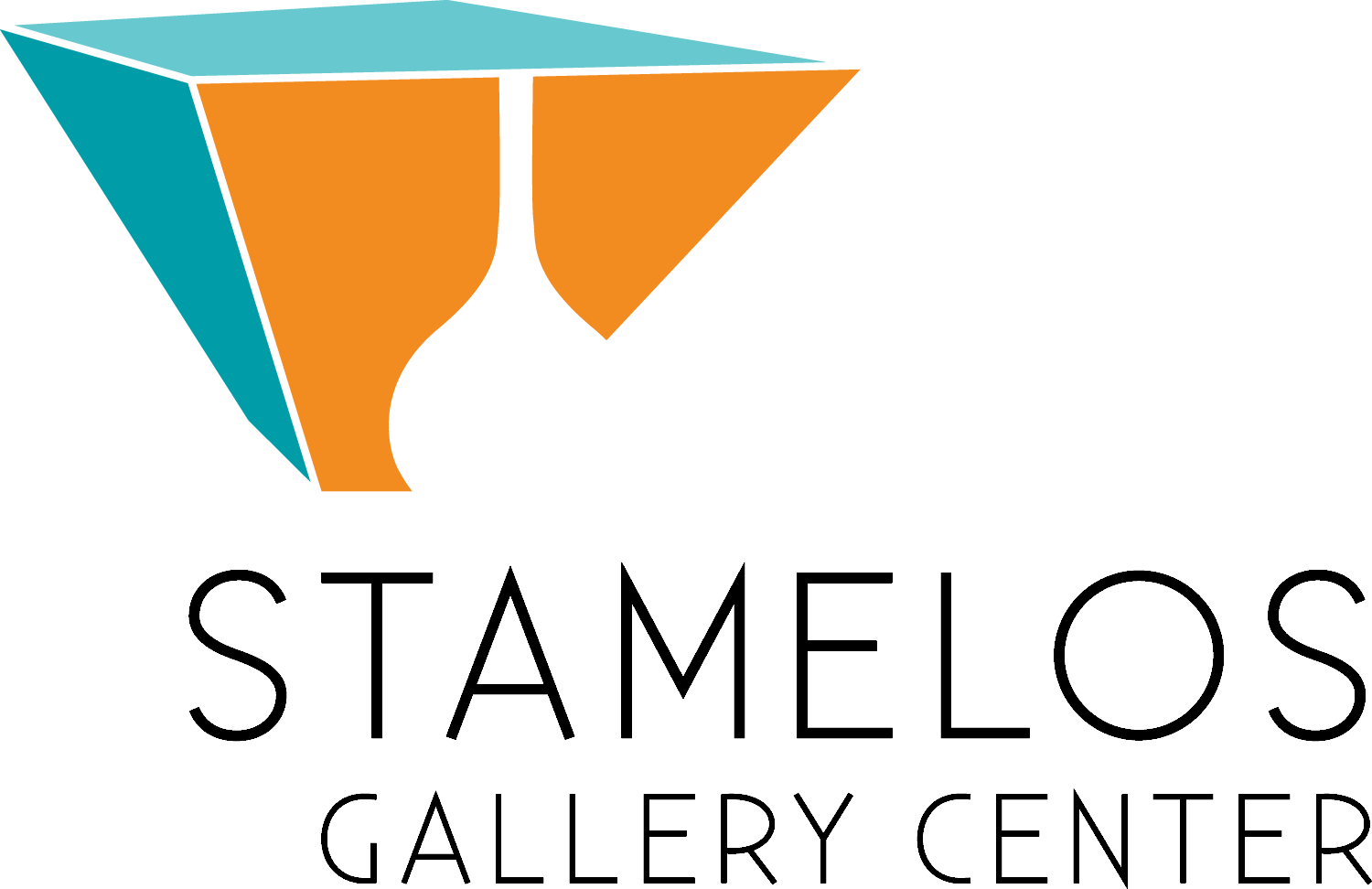
Innovation and Inspiration: The Art of Paper Engineering was created to introduce the Valerio and Karen Imarisio Pop-Up Book Collection to students and the greater community and to inspire ideas through the innovative work of professional paper engineers and artists on display.
The pop-up book collection was donated to the University of Michigan-Dearborn to spark innovative ideas through visual inspiration of various paper engineering techniques found in each book. It is an accessible collection with a special interest for engineering, robotics, science, biology, business, architecture, art, design and medical students.
Karen Imarisio began collecting pop-up books over thirty years ago after receiving Robert Sabuda's The Wonderful Wizard of Oz. Soon afterwards, she discovered the amazing pop-up books of David A. Carter and curiosity turned to a passion for collecting all types of paper engineering, origami and kirigami folding styles, especially books with modern designs.
Karen is an alumnus of the University of Michigan-Dearborn and Ann Arbor. Valerio had a close connection to the Dearborn area where he worked as an engineer at Ford Motor Company for over thirty years.
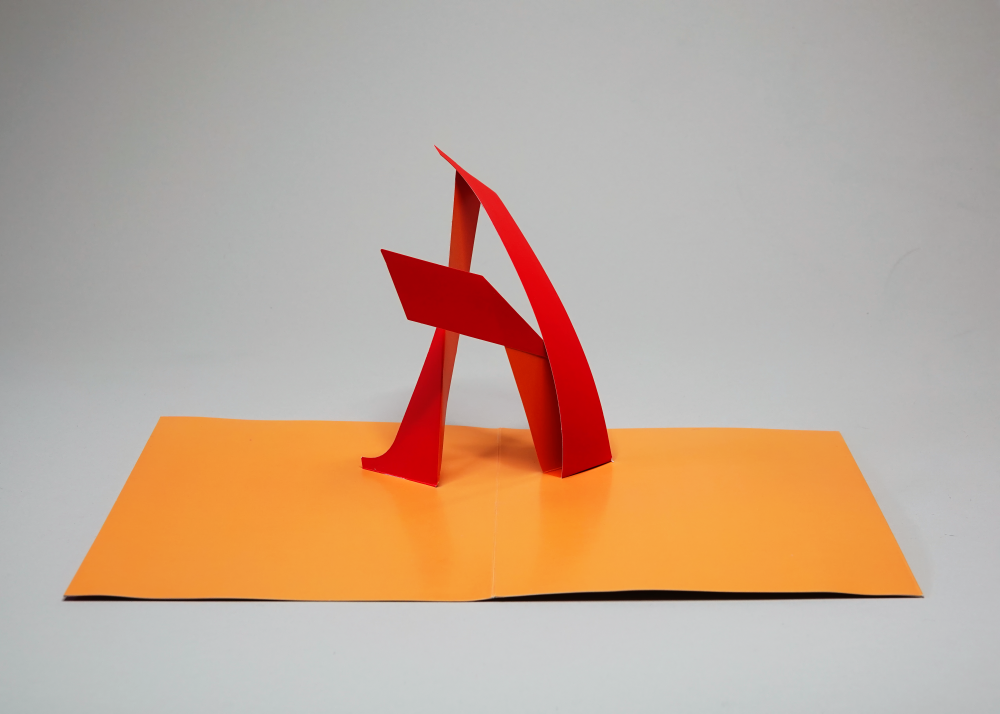 A to Z: Marvels in Paper Engineering (Letter A), Simon Arizpe
A to Z: Marvels in Paper Engineering (Letter A), Simon ArizpeKaren is serving as guest curator for this exhibition.
This exhibition features complex forms of paper engineering, origami and kirigami folding techniques through inspirational works found in pop-up books, the paper arts and commercial design. Several displays illustrate a direct connection between various applications and a similar pop-up book.
Today, paper engineers are producing pop-up books with complex paper folding designs that are truly astonishing. Applications inspired by these folding techniques have been used for: devices with flexible structural electronics, automotive crash absorbing structures, self-assembling and self-folding robots, folding solar panels for satellites, and transporting collapsible solar cameras and telescopes to space stations. Additional applications include creative packaging, ready-to-use self deploying relocatable structures, biomedical stents, folding kayaks, fold up bullet proof shields, architecture and art design.
The exhibition highlights several themes within each case. Various innovative paper engineering styles can be found using one central theme with each pop-up image displaying a unique interpretation of each theme.
 By A Thread, Lynne Avadenka
By A Thread, Lynne Avadenka
Remarkable works by Lynne Avadenka, Matthew Shlian, and Matthew Richmond are also displayed in the exhibition.
Artist and printmaker Lynne Avadenka is known for her works that explore text and image, redefining the book form to create both artistic expression and the beauty of visual language.
By A Thread (2006)
Ann Arbor artist Matthew Shlian is a paper engineer and his work is rooted in print media, book arts and commercial design. He uses his engineering skills to create complex paper sculptures which have led to innovative collaborations with scientists at the University of Michigan.
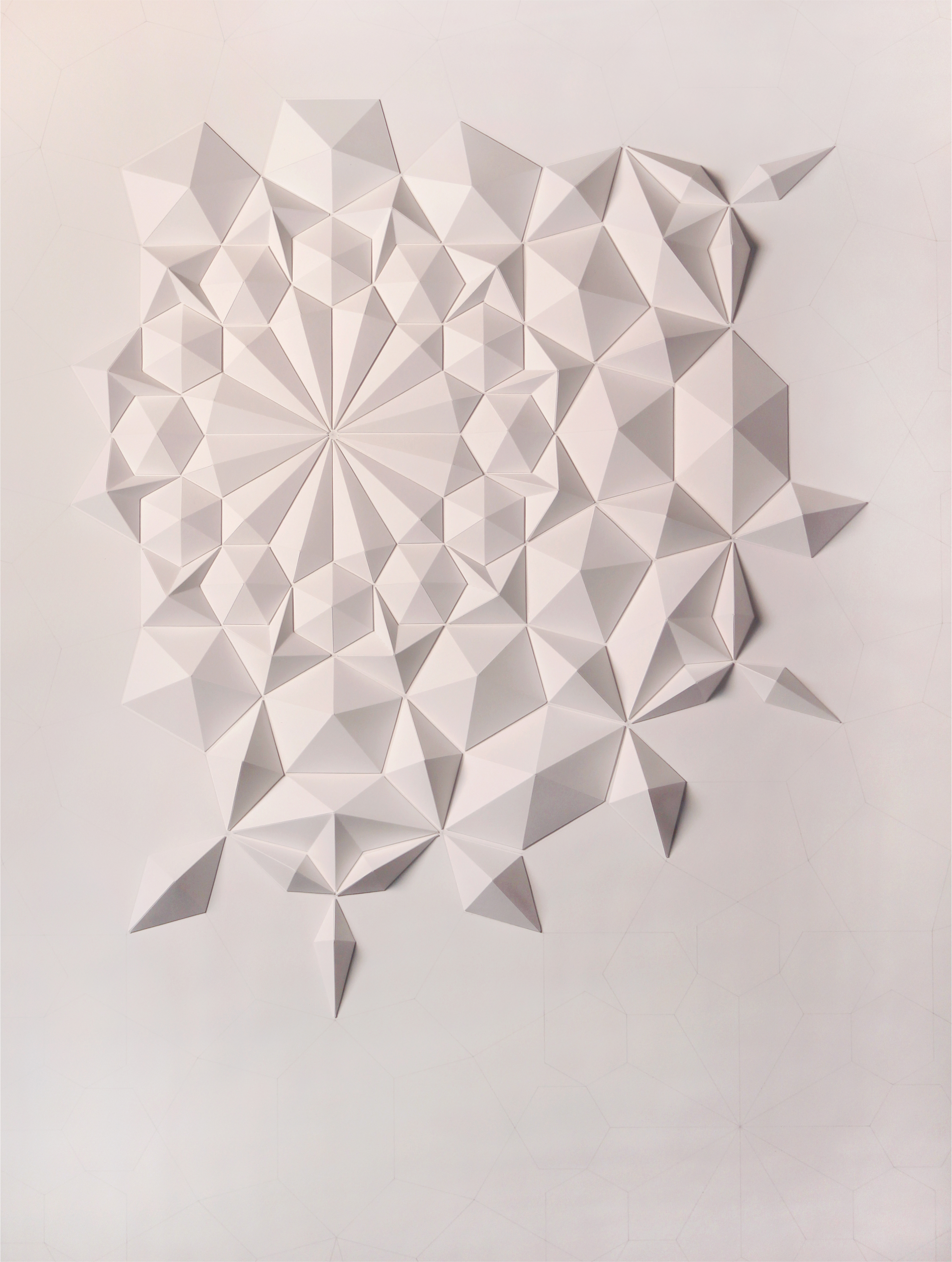

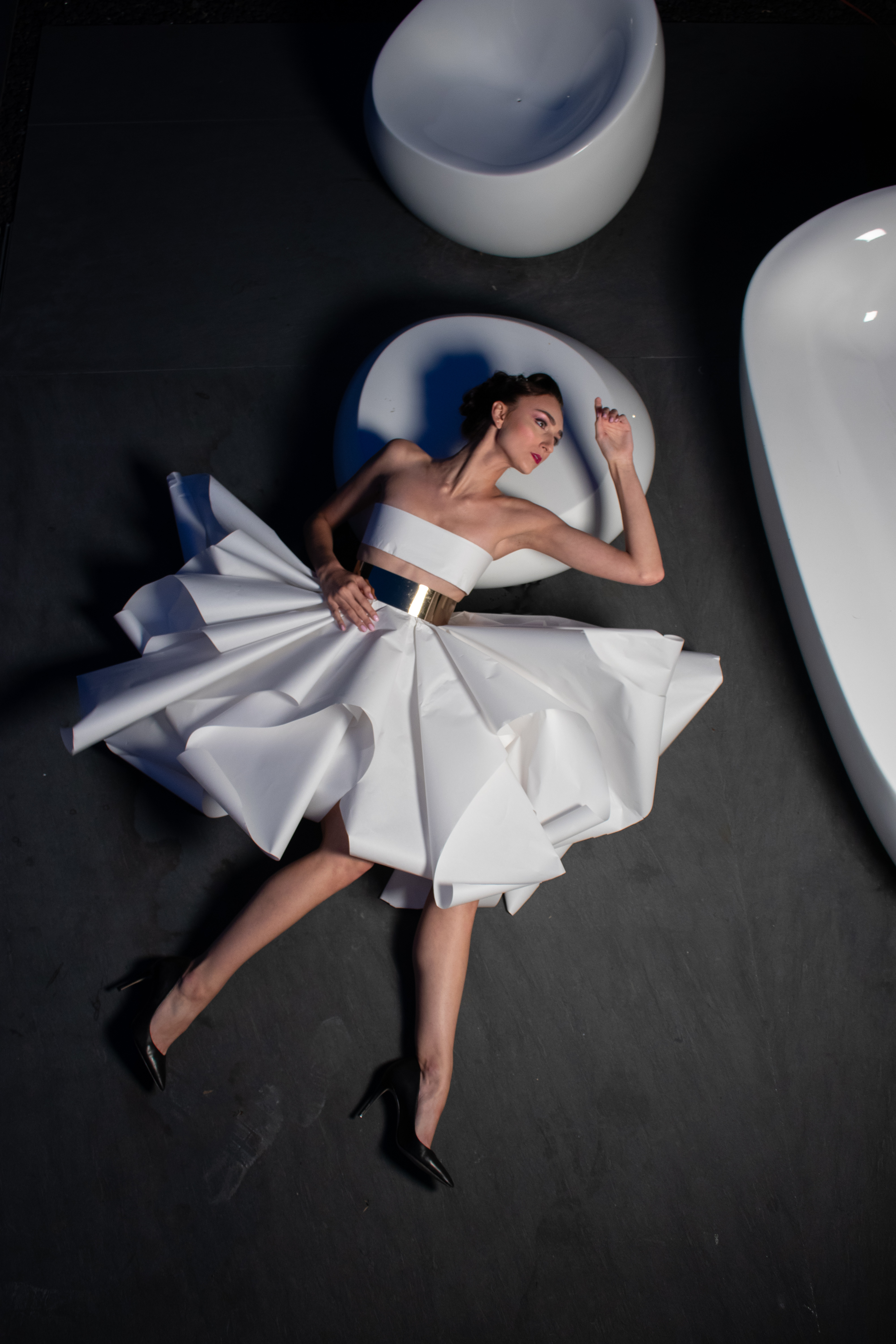 Untitled, Matthew Richmond
Untitled, Matthew Richmond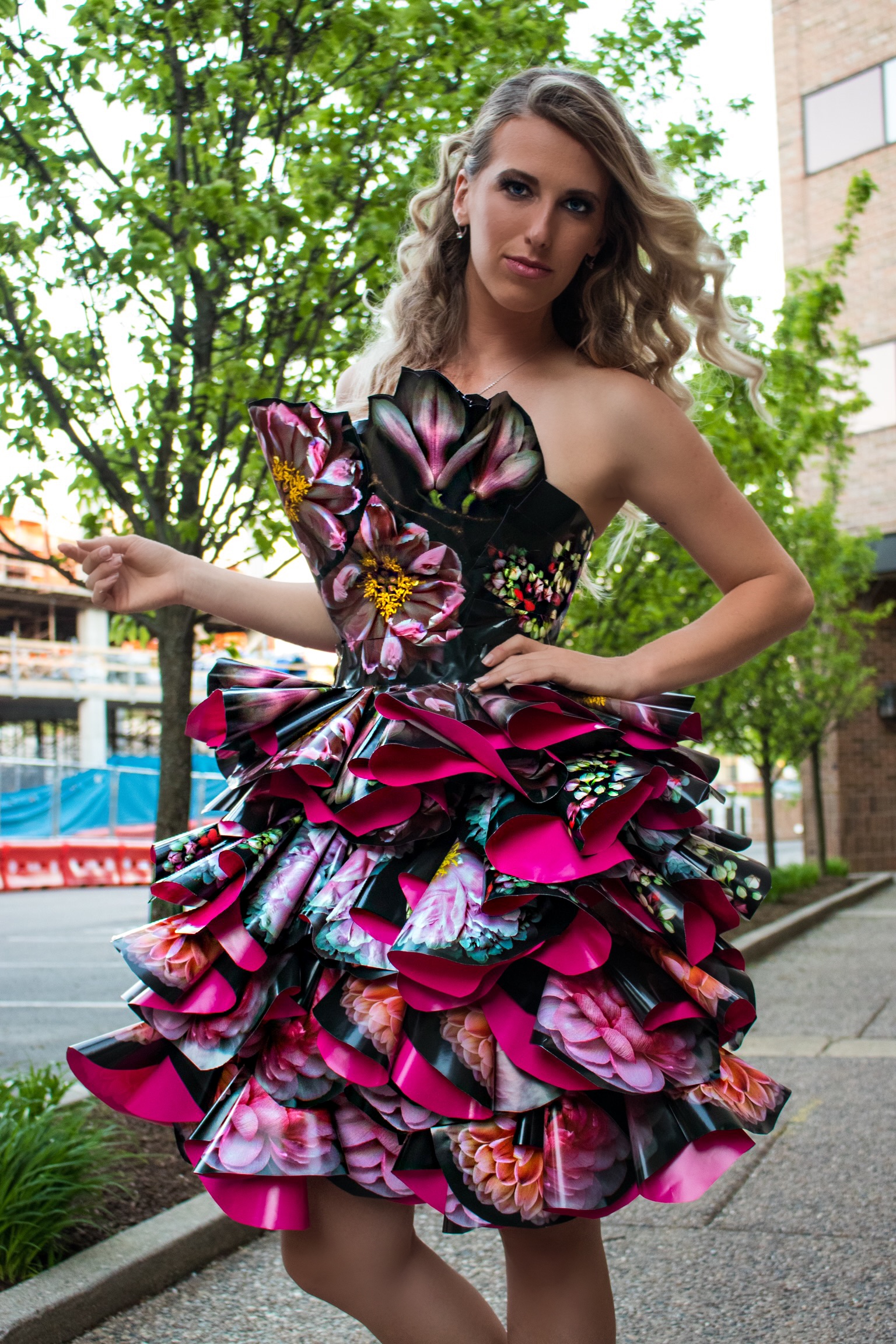 Untitled, Matthew Richmond
Untitled, Matthew Richmond
Paper artist Matthew Richmond has been creating unique avant garde fashion for over a decade. The images included here are examples of Matthew Richmond's past work.
He will be creating a remarkable life-size paper dress, inspired by pop-up books from the collection, that will be on view for the first time in the exhibition.
Video screens, kiosks and interactive tablets in the gallery show movement within various books on display, share informative links to direct applications found in all styles of paper engineering and provide extensive educational content for visitors.
 One Red Dot, David A. Carter
One Red Dot, David A. Carter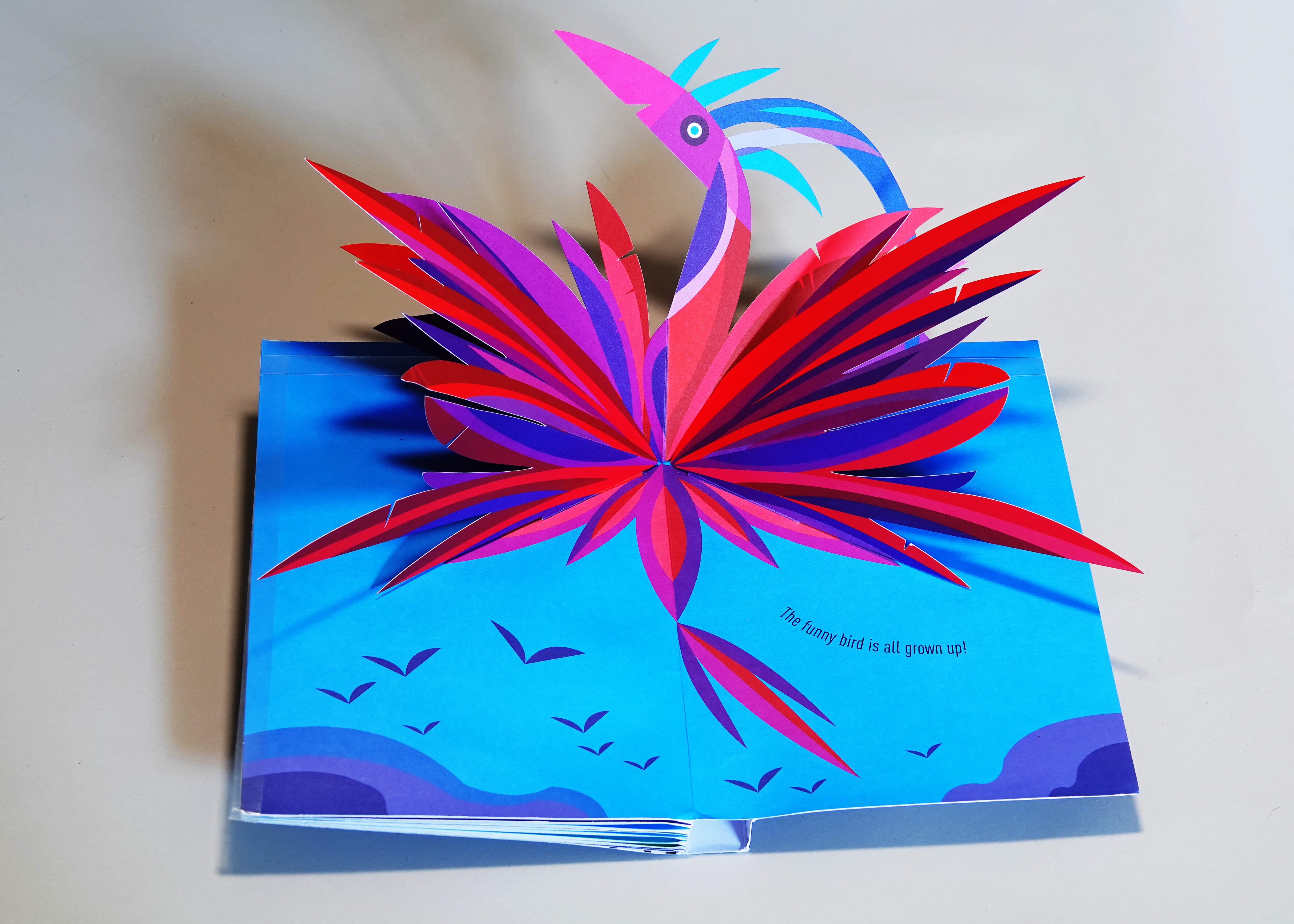 Funny Birds, Philippe UG
Funny Birds, Philippe UG Creatures From the Deep: The Pop-Up Book, Maike Biederstaedt
Creatures From the Deep: The Pop-Up Book, Maike Biederstaedt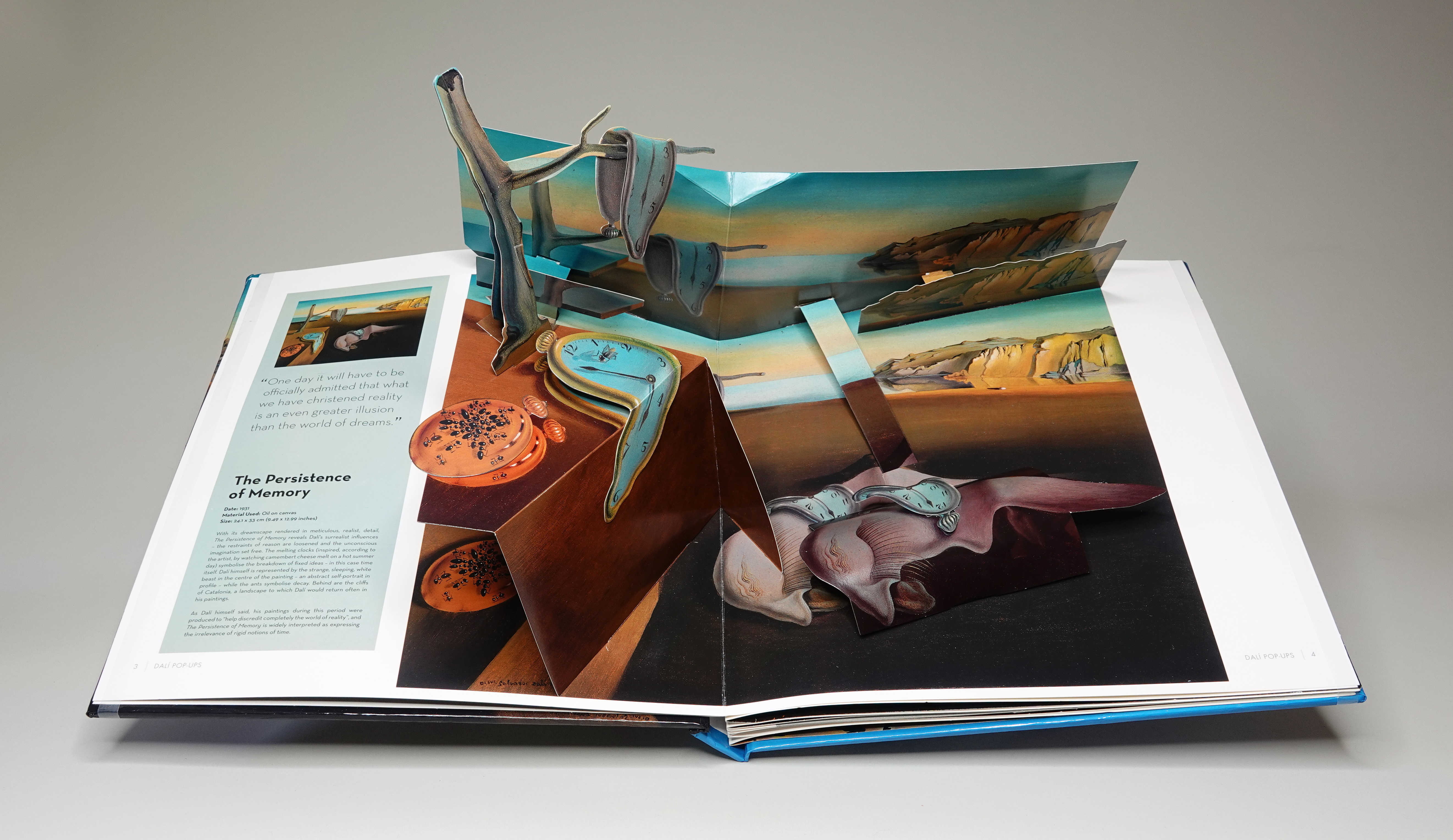 Dali Pop-Ups, Courtney Watson McCarthy and Martin Howard
Dali Pop-Ups, Courtney Watson McCarthy and Martin Howard
Inspiration
C'era una volta (Once Upon A Time)
Art Inspired Solar Cells
Engineering with Origami
Kelli Anderson is an artist, designer, animator, and tinkerer who pushes the limits of ordinary materials by seeking out possibilities hidden in plain view. Her books and projects have included a pop-up paper planetarium, a book that transforms into a pinhole camera, and a working paper record. Intentionally lo-fi, she believes that humble materials can make the complexity and magic of our world accessible.
The Stamelos Gallery Center is located on the first floor of the Mardigian Library at the University of Michigan-Dearborn. For more information, see below for contact information. Anyone requiring accommodations under the provisions of the Americans with Disabilities Act should contact (313)593-5087.
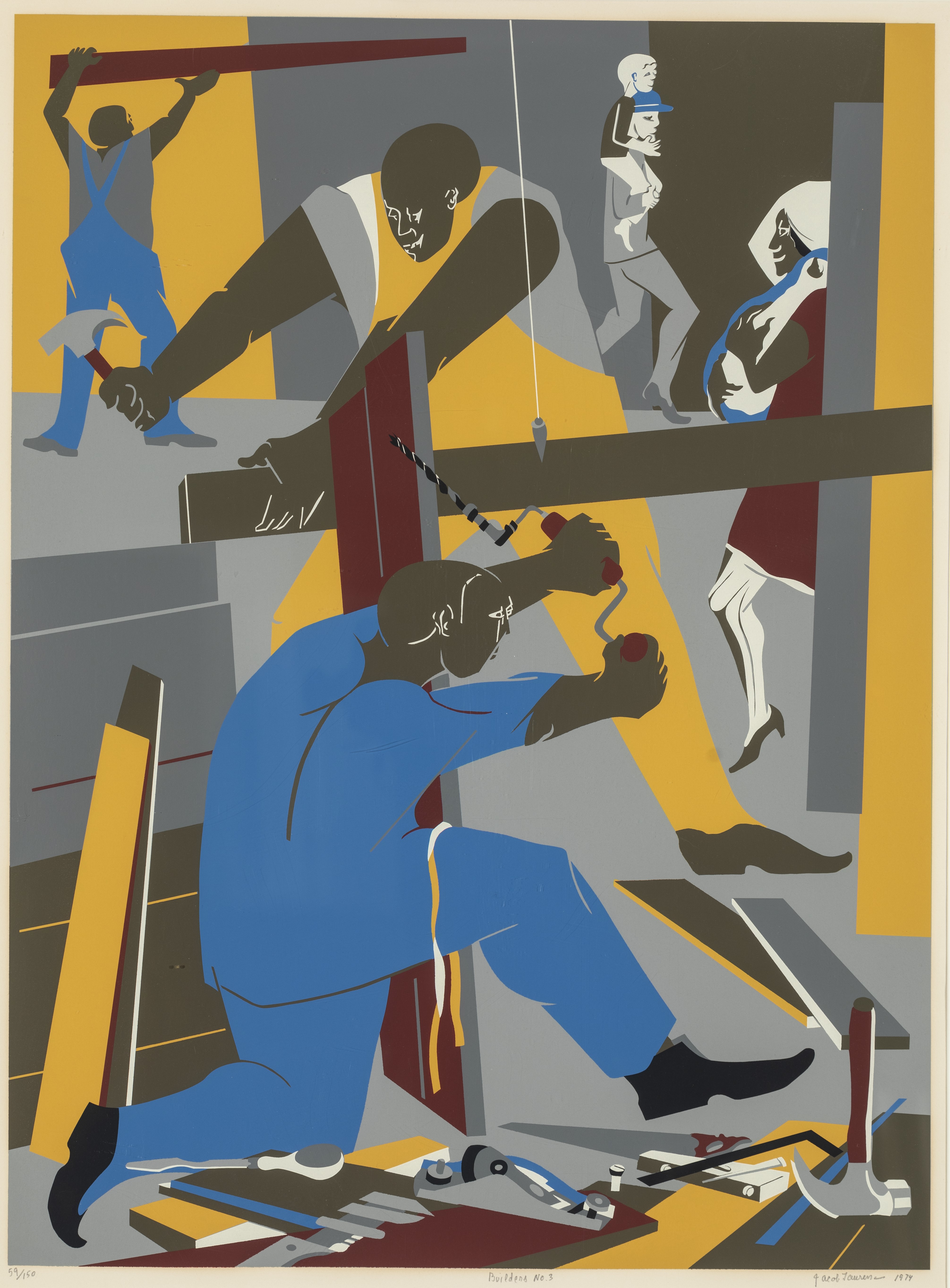
Jacob Lawrence (1917-2000), Serigraph print, 1974
Gift of Gilbert M. Frimet,
Collection of UM-Dearborn (1980.065)
Photographed by Tim Thayer
This powerful serigraph print from the permanent collection was created by Jacob Lawrence (1917-2000), one of this century's most widely acclaimed artists.
Lawrence was born in Atlantic City, New Jersey, but moved to Harlem, New York, at 13. He is among the few painters of his generation who grew up in a Black community, received instruction primarily from Black artists, and was influenced by the experiences of Black individuals.
Lawrence's artwork portrays the lives and struggles of the Black community, capturing their experiences through several series focused on figures such as Toussaint L'Ouverture, Frederick Douglass, and Harriet Tubman, as well as themes related to life in Harlem and the civil rights movement of the 1960s. His style is characterized by vibrant colors and abstract forms.
In the 1940s, during a time of widespread segregation, Lawrence broke racial barriers by becoming the first Black artist whose work was acquired by the Museum of Modern Art in New York City.
He stated, "If at times my productions do not express the conventionally beautiful, there is always an effort to express the universal beauty of man's continuous struggle to lift his social position and to add dimension to his spiritual being."
Researched and written by:
Julianna Collins, Stamelos Gallery Center former intern, UM-Dearborn art history/museum studies graduate, Class of 2025